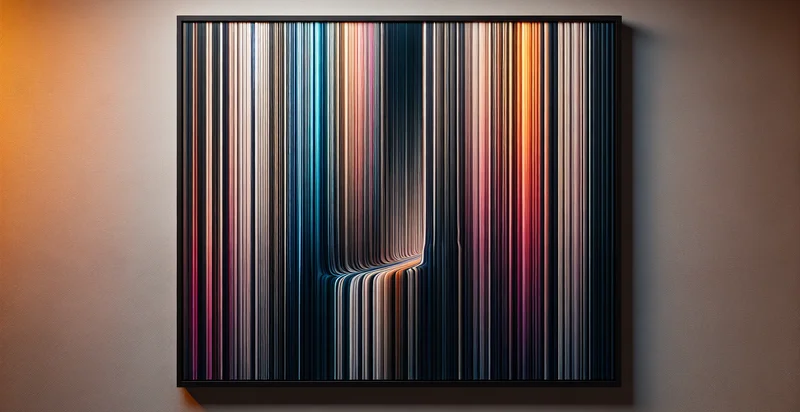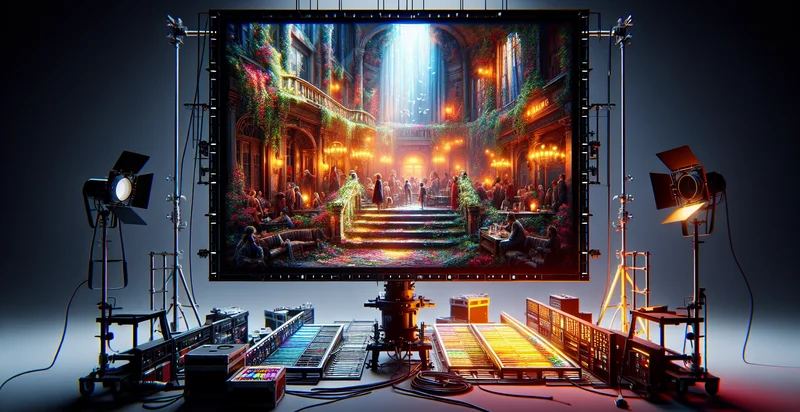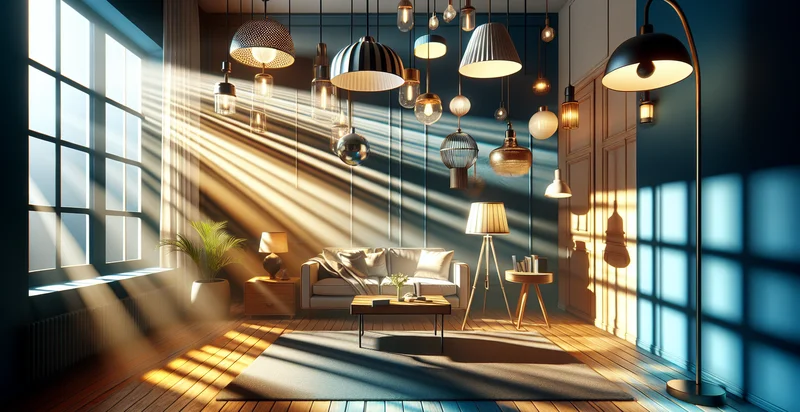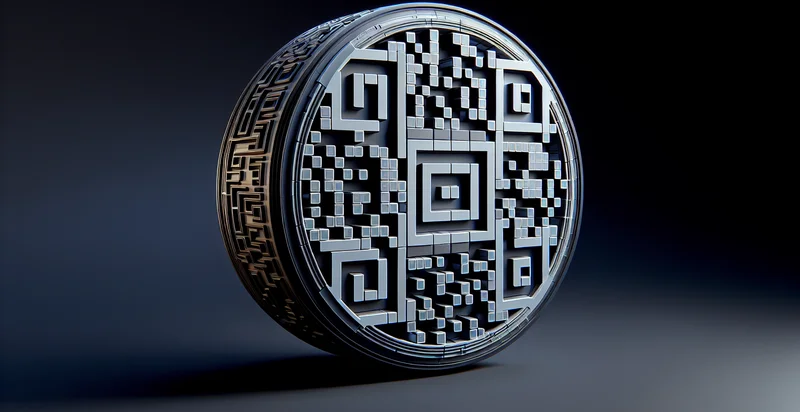Identify barcode lighting condition
using AI
Below is a free classifier to identify barcode lighting condition. Just upload your image, and our AI will predict the optimal lighting condition for barcode scanning. - in just seconds.

Contact us for API access
Or, use Nyckel to build highly-accurate custom classifiers in just minutes. No PhD required.
Get started
import nyckel
credentials = nyckel.Credentials("YOUR_CLIENT_ID", "YOUR_CLIENT_SECRET")
nyckel.invoke("barcode-lighting-condition", "your_image_url", credentials)
fetch('https://www.nyckel.com/v1/functions/barcode-lighting-condition/invoke', {
method: 'POST',
headers: {
'Authorization': 'Bearer ' + 'YOUR_BEARER_TOKEN',
'Content-Type': 'application/json',
},
body: JSON.stringify(
{"data": "your_image_url"}
)
})
.then(response => response.json())
.then(data => console.log(data));
curl -X POST \
-H "Content-Type: application/json" \
-H "Authorization: Bearer YOUR_BEARER_TOKEN" \
-d '{"data": "your_image_url"}' \
https://www.nyckel.com/v1/functions/barcode-lighting-condition/invoke
How this classifier works
To start, upload your image. Our AI tool will then predict the optimal lighting condition for barcode scanning..
This pretrained image model uses a Nyckel-created dataset and has 16 labels, including Artificial Light, Backlit, Dimly Lit, Harsh Lighting, Indirect Lighting, Mixed Lighting, Natural Light, Overexposed, Poor Lighting and Reflected Light.
We'll also show a confidence score (the higher the number, the more confident the AI model is around the optimal lighting condition for barcode scanning.).
Whether you're just curious or building barcode lighting condition detection into your application, we hope our classifier proves helpful.
Related Classifiers
Need to identify barcode lighting condition at scale?
Get API or Zapier access to this classifier for free. It's perfect for:
- Inventory Management: This function can help warehouses and retail locations identify optimal lighting conditions for barcode scanning. By analyzing lighting variances, businesses can adjust environments to ensure better accuracy in inventory tracking and reduce errors in stock management.
- Quality Control in Manufacturing: In manufacturing settings, this function can assess the lighting under which barcodes are scanned during production. By ensuring barcode readability in various lighting conditions, companies can maintain product quality and compliance with labeling standards.
- Retail Checkout Optimization: Retail environments can utilize this function to improve checkout efficiency. By determining the lighting conditions that lead to false classifications of barcodes, stores can reduce transaction times and enhance customer satisfaction.
- Mobile App Scanning Enhancement: For apps that allow users to scan product barcodes, integrating this function can improve the scanning experience. By alerting users to unfavorable lighting conditions, the app can offer tips on how to find better lighting for more accurate scans.
- Logistics and Shipping Accuracy: Shipping and logistics companies can implement this function to ensure barcodes are scanned accurately during loading and unloading. This leads to better tracking of shipments and reduces the risk of mislabeling or lost packages.
- Automated Retail Checkout Systems: Automated kiosks and self-checkout systems can leverage this function to adjust their lighting in real-time based on the detected conditions. This ensures that barcodes are scanned accurately, minimizing customer frustration and improving system reliability.
- Data Analytics for Retail Analytics: Retailers can gather data on barcode scanning failures due to lighting issues and analyze the results to optimize store layouts. By improving lighting based on this analysis, businesses can enhance overall operational efficiency and customer experience.


